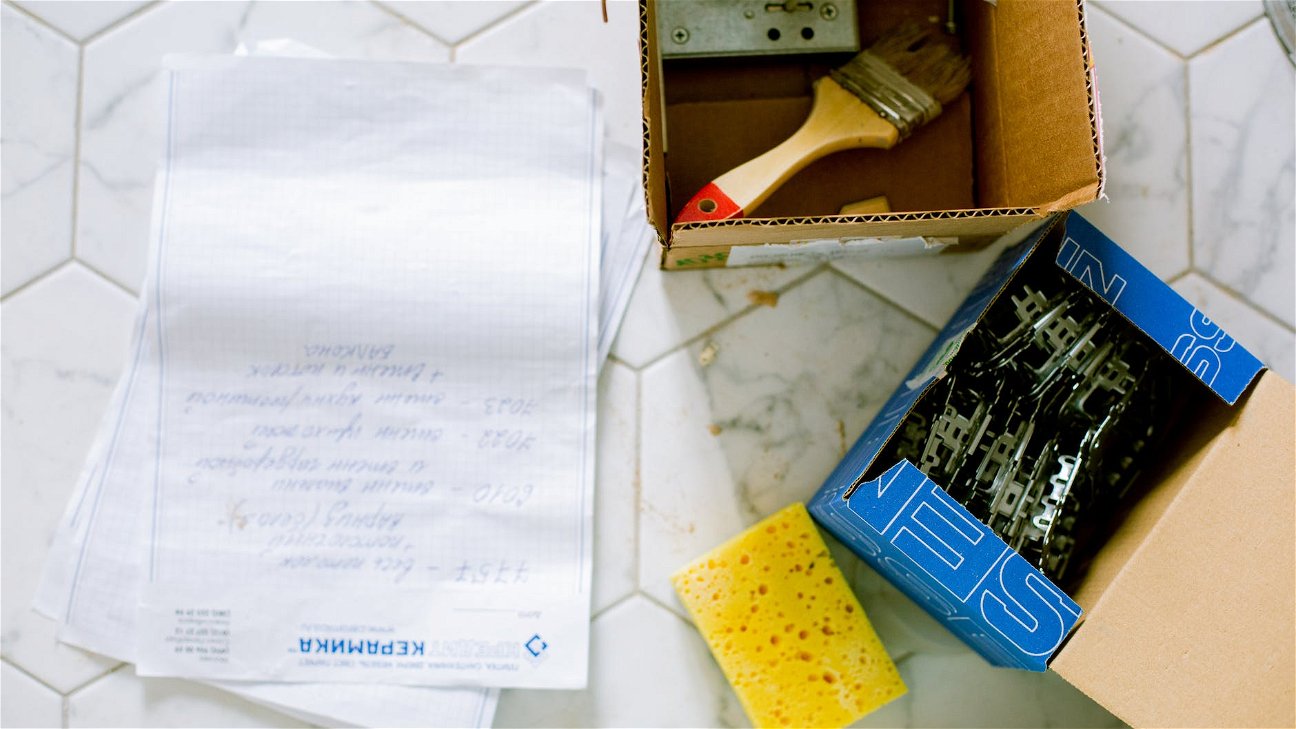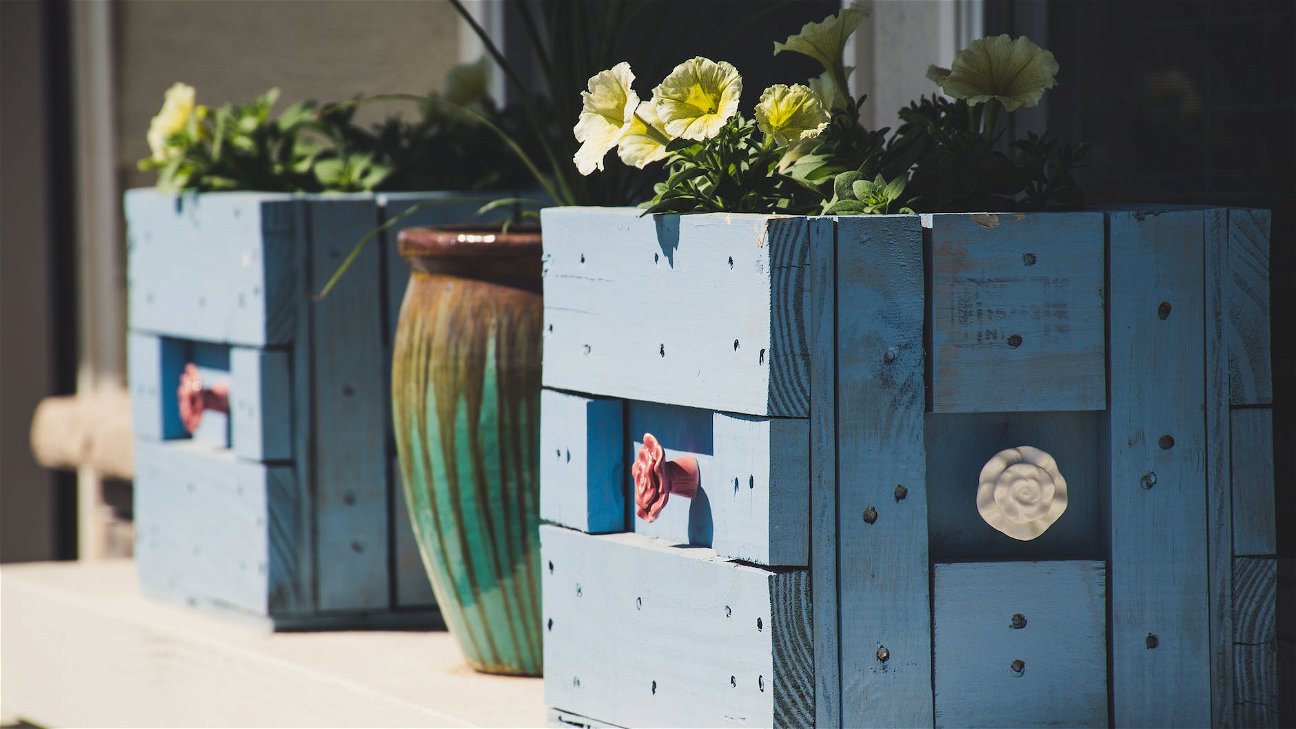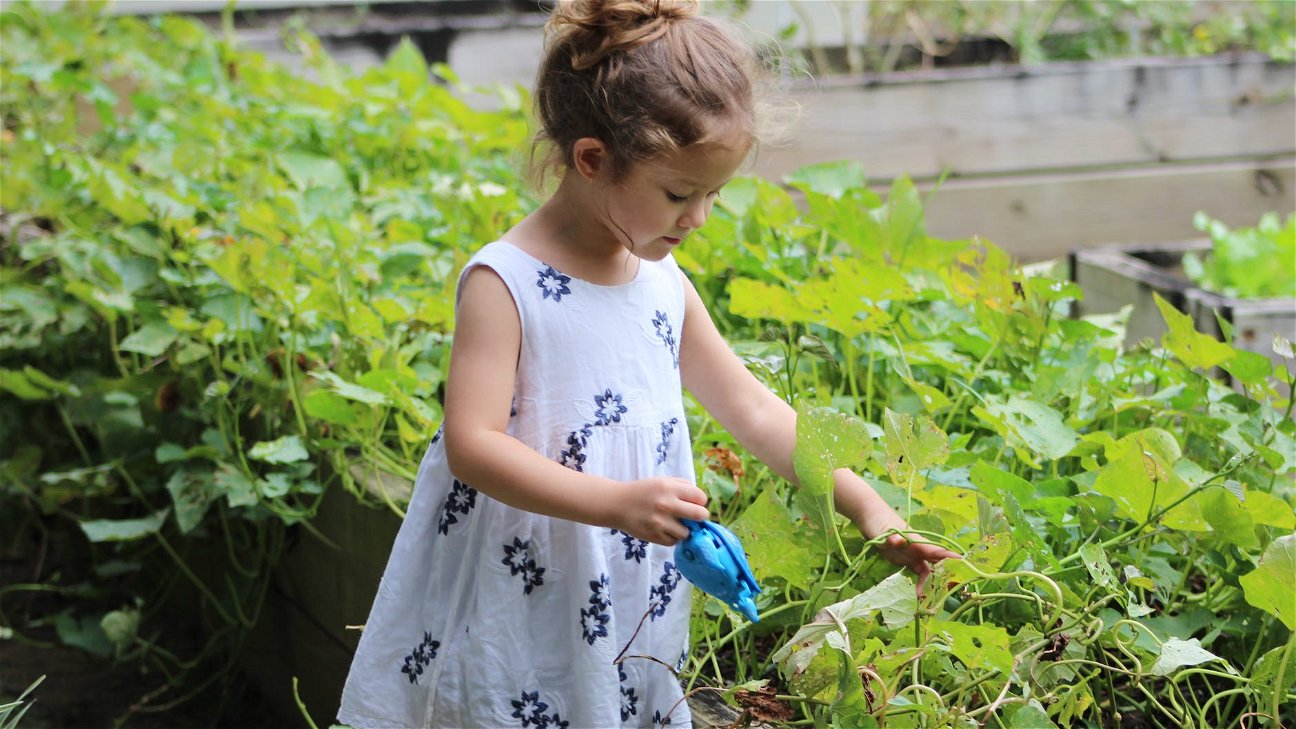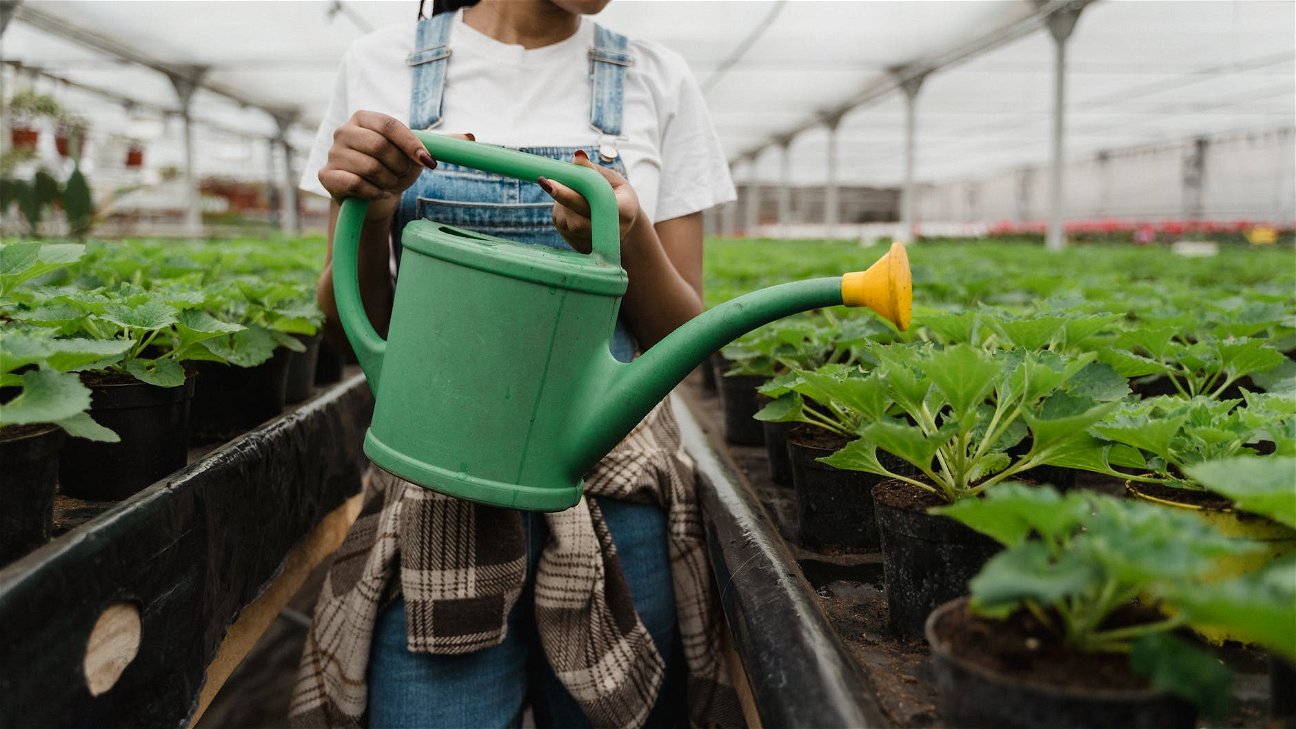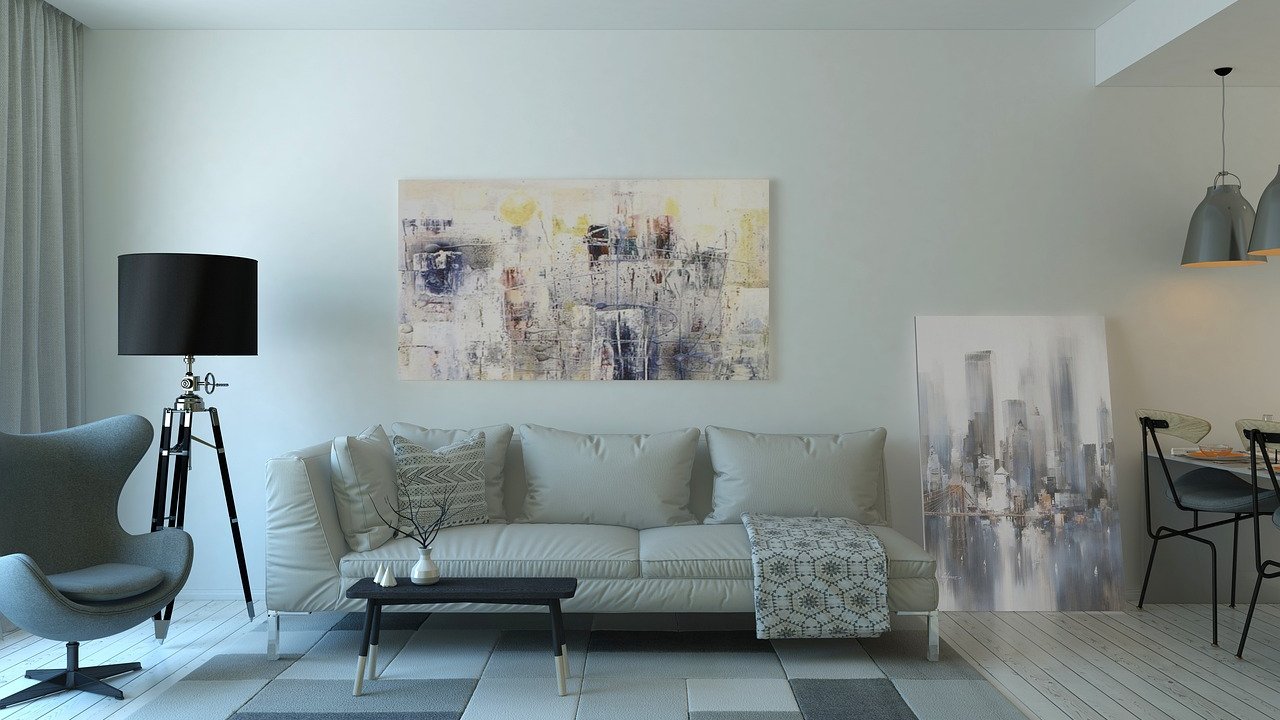
Living walls, also known as green or vertical gardens, have been gaining popularity as a stunning and sustainable home decor solution. They not only help in creating a gorgeous green space indoors but also have numerous health and environmental benefits. If you're interested in embracing this future of home decor, this guide is for you. We'll cover everything from the benefits of living walls to how to create and maintain one.
Benefits of living walls
Living walls bring the outdoors inside, creating a soothing green space that can brighten up any room. But, they offer more than just aesthetic appeal. Here are some of their top benefits:
- Improved air quality: Plants are nature's air purifiers. They absorb harmful toxins from the air and release oxygen, improving indoor air quality. This can be particularly beneficial in urban environments, where air pollution can be a concern.
- Noise reduction: Living walls can also act as natural sound barriers, absorbing sound and reducing noise levels. This can make your home or office a quieter, more peaceful place.
- Energy savings: By providing natural insulation, living walls can help to regulate indoor temperatures, reducing the need for heating and cooling and potentially lower your energy bills.
- Increased well-being: Being around nature, even indoors, can have a positive impact on mental health. Studies show that green environments can reduce stress, boost mood, and increase productivity.
Best plants for living walls
If you're now considering creating your own living wall, the next step is to choose the right plants. While many plants can thrive in a vertical garden, some are particularly well-suited. Here are a few recommendations:
- Ferns: With their lush, feathery fronds, ferns are a popular choice for living walls. They thrive in humid environments and can handle lower light levels.
- Succulents: Succulents like sedum or sempervivum are great for indoor vertical gardens. They require little water and can tolerate indirect light.
- Herbs: If you love cooking, why not create a living wall with herbs? Plants like basil, parsley, and thyme can thrive in a living wall and make your kitchen a culinary delight.
- Air plants: Air plants don't need soil to grow, making them an excellent choice for living walls. They come in various shapes and sizes and require only occasional watering.
How to create a living wall
Building a living wall may sound complicated, but with some planning, it's an achievable DIY project. Here's a general step-by-step guide:
- Choose your location: Decide where you want your living wall. Consider factors like sunlight, temperature, and ease of maintenance.
- Select your wall system: There are many living wall systems available on the market, ranging from pocket systems to panel systems. Choose one that suits your budget and needs.
- Prepare your plants: Before planting, ensure your plants are in good health. Remove any dead or diseased leaves and make sure they're well-watered.
- Install your system: Follow the manufacturer's instructions to install your system. This typically involves attaching the system to your wall and then adding your plants.
- Maintain your living wall: Regular watering and feeding are essential. Different plants have different needs, so make sure you know how to care for each one.
Living walls represent a beautiful and sustainable future of home decor. With a bit of effort, you can create a living, breathing work of art that can transform your home and improve your well-being. So, are you ready to embrace this green trend?



